Here comes the twist – in a year in which so much of the adventurous end of the electronic music scene was stalled, that dynamism was alive in Köln by way of Iranian diaspora. Timcheh was a window into where electronic musical inventors can go next, together.
Living in Berlin, references to the “easyJet set” are prolific – after the Tobias Rapp book that looked at the budding internationalism of the German capital post-reunification. But these musical relationships can be more profound than just a side effect of cheap airfares or what Rapp frequently recounts as an anecdote hearing languages other than German in a queue to get into a club. Timcheh was not only a gathering place for a diaspora musical community, but a statement in how that community could spark some of the most dynamic music in some synthesized imagination beyond any one place.
Because make no mistake – you’ll hear some recurring act names because these artists and event organizers are acting as a new fulcrum in bringing some wild and wonderful music together.
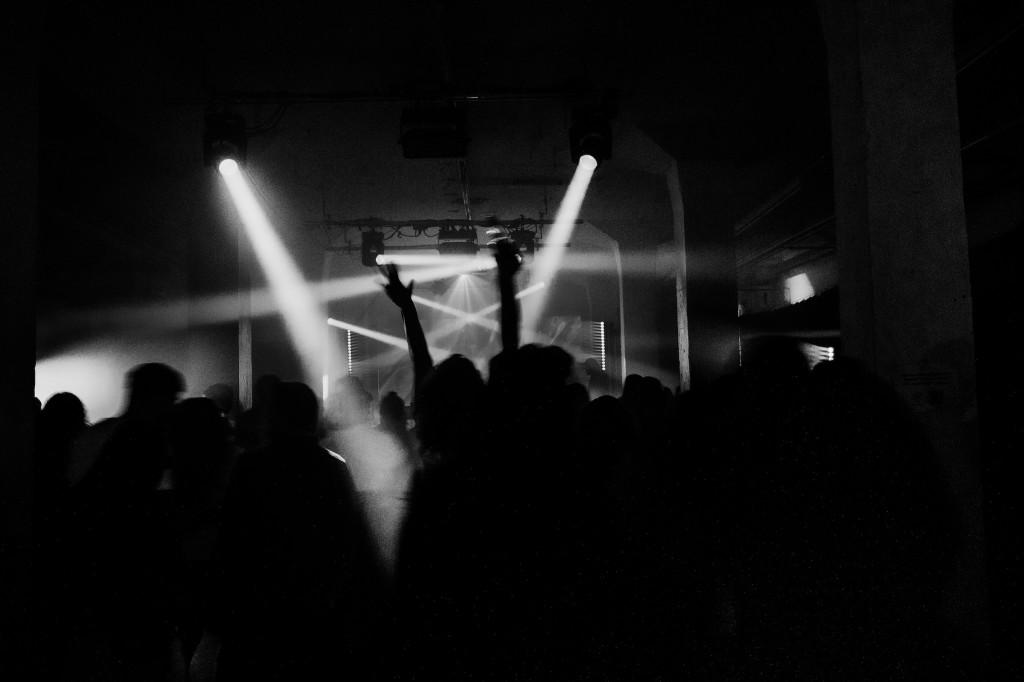
“Where are all these people coming from?” a longtime Köln resident exclaimed with delight. Happily situated in one of those fortunate lulls in COVID case counts this year, there was suddenly a flood of people and warmth. Even the venue itself was telling – Kunsthafen im Rhenania, a warehouse along the river, has a long history in Köln as an underground space. That role had faded in recent years, as the area was disfigured by massive commercial development. Yet here it was, in the middle of seasons of musical stillness, sweating and alive.
Timcheh takes their name from a space inside a bazaar, “the liveliest and socially most diverse hub in cities of Iran,” the organizers say. The direct translation is a “caravansary” – it’s okay, I had to look that one up, but it’s what it sounds like. It’s literally the place where the caravans gather. So, yes, we’re literally talking caravans (as in the title) – an added reminder of how internationally connected the music world has been across civilizations and time, before easyJet and the Internet, even.
Music and musicians thrive so often in worlds that are moving, not static. It’s an itinerant career, and musical history reveals that. A lot of what we love is dirty and mixed-up and messy – all the qualities denied by global pandemics, but by a lot of present geopolitics, too. DIY spirit is essential lifeblood because so often commercial and institutional support can’t understand, let alone fully support, music at the edges.
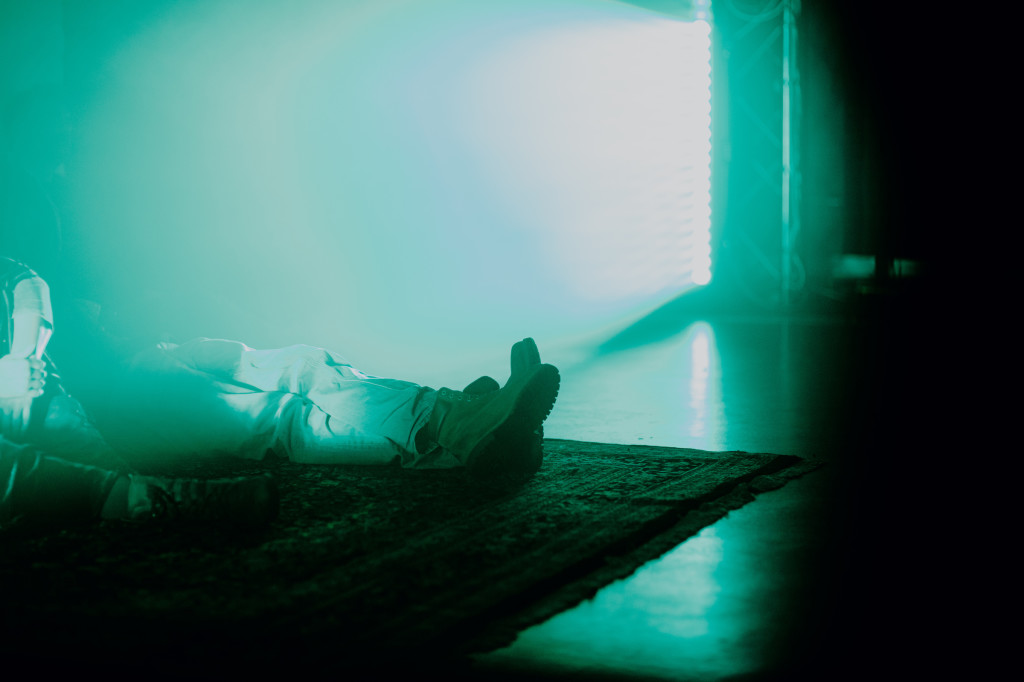
That’s to take nothing away from some of the terrific venues supporting traditional and classical Persian music, or even focused on representing the Iranian diaspora scene. But true to its caravansary promise, Timcheh is something else – challenging Köln’s audiences with an unfettered exchange of experimentalism.
So Timcheh is a snapshot not only of the Iranian diaspora scene but ways in which these experimental artists are inspired by and in turn are transforming European electronic music.
And look, I’m biased – the reason I do keep writing about this is that I’ve consistently found artists from this community inspiring how I produce and what I imagine in organizing events. But that’s really the point of why we gather in places, being drawn to other people. (In this case, I should also disclose that I was playing the second night, along with producer-vocalist Pari San and her experimental pop. But I keep putting these other artists – those of Iranian background and those not – on repeat.)
Let’s run down those artists.
TEMF organized the two-night festival around curators. In absentia, SOTE (Ata Ebtekar) organized the opening concert, presenting the borderless experimentalism he has helped drive forward, Germany to Iran. In night two, Behrooz Moosavi (more on his connections elsewhere) connected with Köln’s own GRAY (Stefanie Grawe) for a richly diverse spectrum of experimental pop and club-inspired live music. That night continued into the dawn hour with DJs and visuals put together by Nesa Azadikhah.
All images from Timcheh live.
Night one: Hamid Jesmi.
Night two/atmosphere: Dana Schmidt.
Night 1
Sote’s music was already a highlight for me of 2021 and I hope it’s an act – alongside visualist Tarik Barri – we see booked all over the place as events someday get rolling at full tilt again. You’ll see his label Zabte Sote regularly making appearances here on CDM and in our best-of lists. But even without Sote being in Germany for this event in November (as he was back in Iran), you could feel his presence with the programming. We almost felt this event filling some of the void in our hearts left by canceled and postponed CTM Festival and Berlin Atonal events.
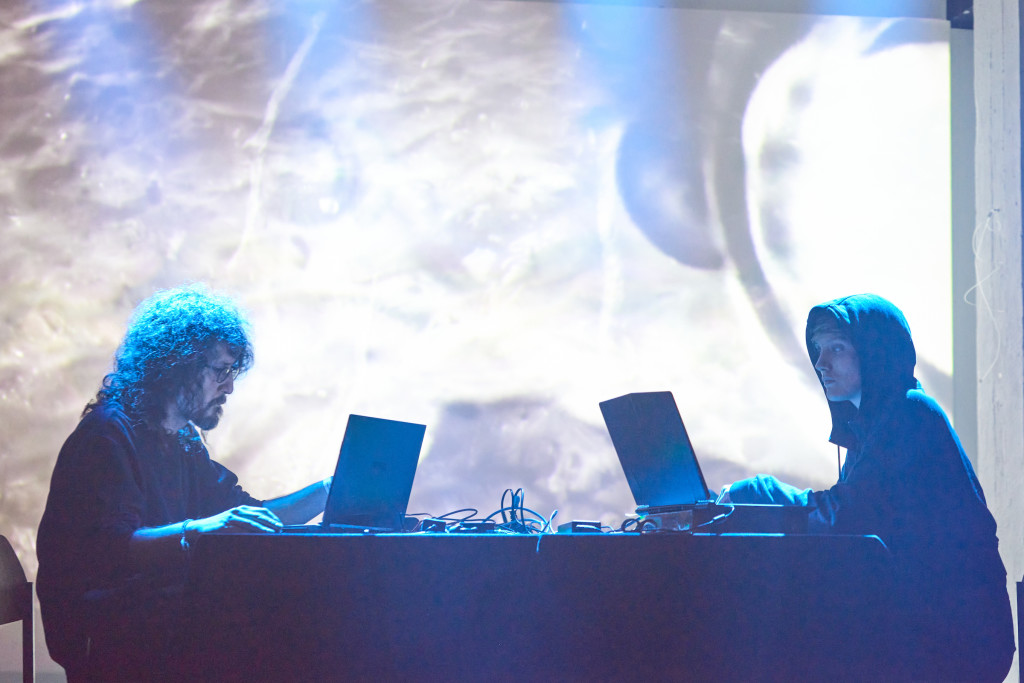
Behrooz Moosavi is an exceptional model for organizing in Berlin, Persian diaspora events or otherwise. He has helped open up more focus on experimental electronic forms with his own Tehran Contemporary Sounds in Berlin, as I’ve noted. He is a producer as well as curator (in the image of folks like Sote), and in Köln teamed up with MMaria aka Janna Heiss on imagery. They brought a powerful message:
One hardly remembers the day when one realized that all this will eventually make us run against the wall. The public space is taken by the others, controlled and determined. The retreat into ever smaller, narrower, structures are the consequences of a worldwide pandemic and a worldwide awareness that we are on a knife’s edge, standing with one foot over the precipice. The boundaries between war, severe weather disasters and disease are blending into a single black hole that is sucking us and our minds.
Behrooz Moosavi and MMaria in their performance try to create an image and a sound for a world, a feeling that holds us captive, with no alternative.
The music for Timcheh was mournful, brooding, and reflective, slow-plodding melodies aching in deconstructed echoes. It was the layered sound of a ruined musical world, though it turned to a sense of transcendent conclusion.
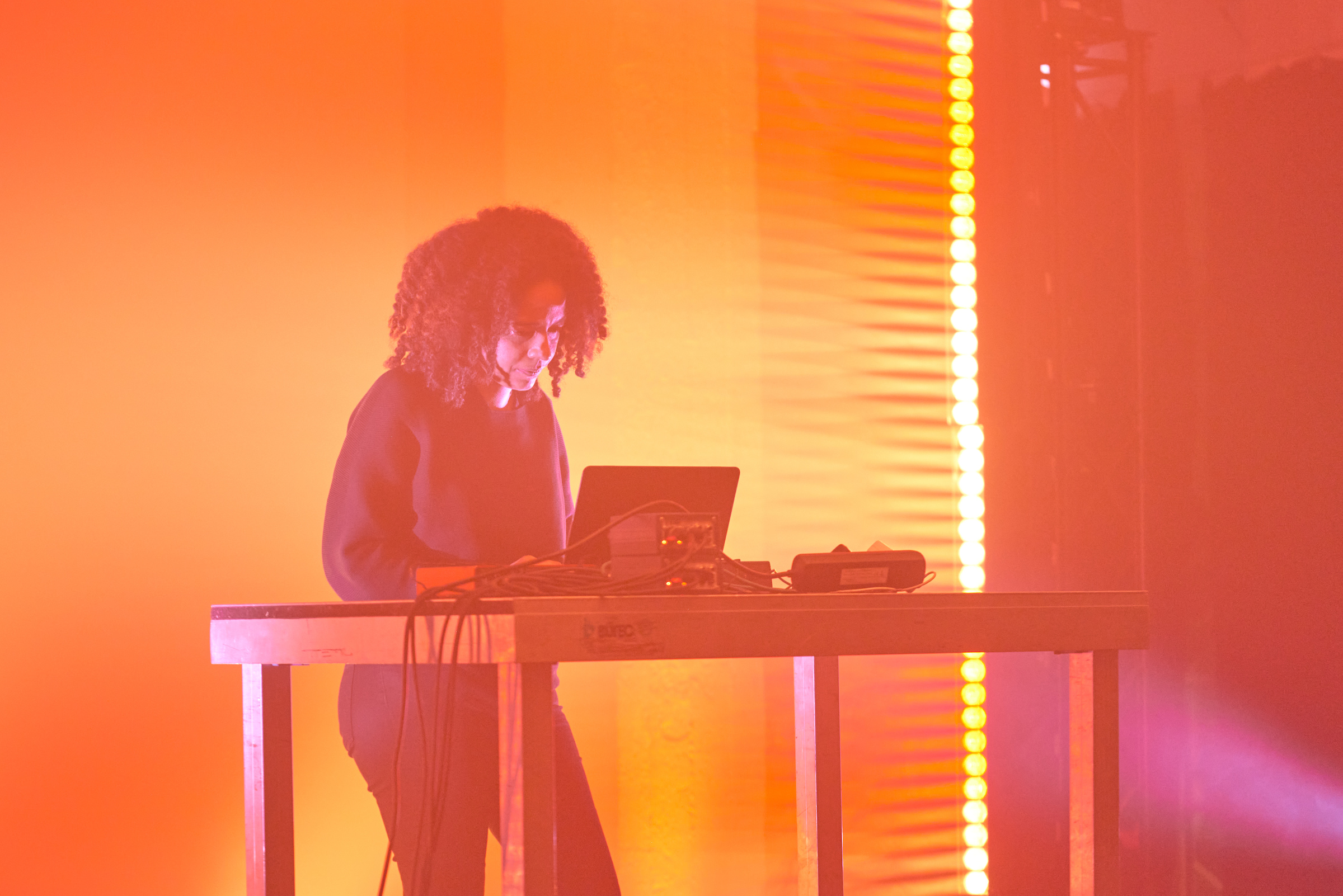
Jessica Ekomane has become a red-hot star on the experimental scene with her bold explorations, a ubiquitous voice everywhere there’s new sound. French-born, Berlin-based, you might have run into her at Venice Biennale or various CTM events, among others. (For me, that meant even sharing a program as far away as Jogyakarta.) Her work has also included unique, transformative psychoacoustic effects rendered in quad.
Her Köln program was constructed of trance-like, minimalistic synth gestures, repeating almost like the calls of alien birds. Stripped-bare, with precise tunings or detunings (depending on how you look at it), the electronic patterning is brain-tickling even in stereo. (I went back and listened to the line recording.)
You can check out this work on her Multivocal LP on IMPREC:

Tehran-to Vienna artist Rojin Shafari is one I hope we get to revisit for her broad influences and energized live virtuosity. The Timcheh was frenetic as always, in rapid-fire bubbling melodies and nervous polyrhythms – grooves that were irregular but always forward-moving. The effect for all its layered complexity was optimistic and even had that rare sense of whimsy and imagination in the “everything is a dystopia” musical world we inhabit. (Check out the previous CDM coverage of her live set.) She’s also a companion of Jessica’s on the SHAPE platform, which has done so much to support artists like these.
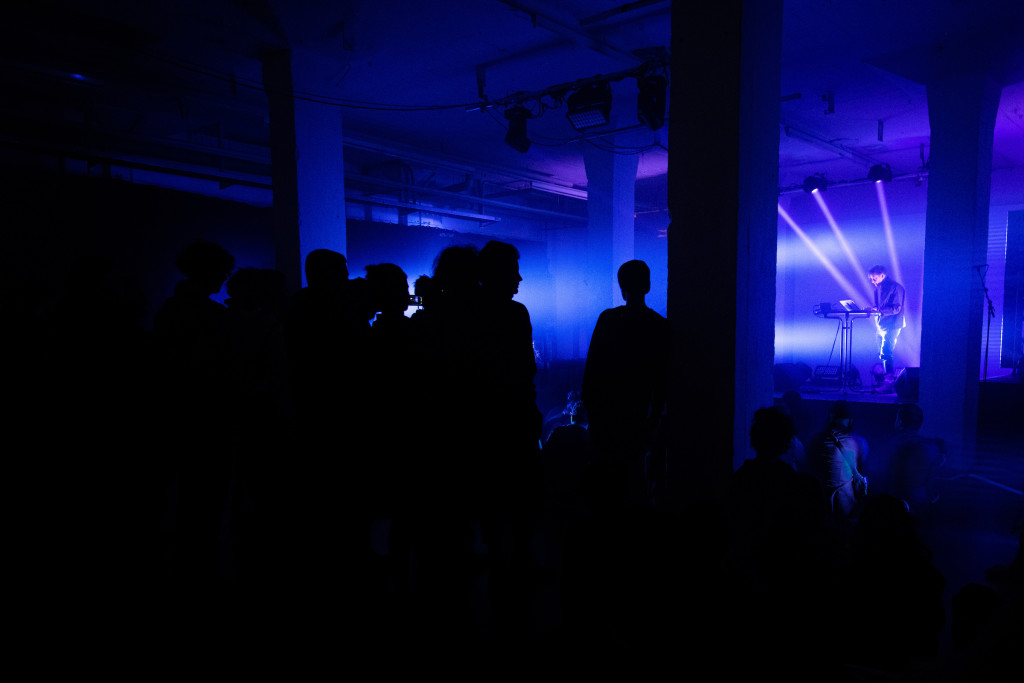
Jan St. Werner needs no introduction to fans of unexpected electronic music, known both as a solo artist and as co-founder of Mouse on Mars. For Köln, he assaulted the audience with rapidly oscillating electrified timbres, a bit like we accidentally stepped inside the starship Enterprise‘s malfunctioning phaser array. (This, of course, is appealing to me, so that’s very much a compliment!)
An older piece here, but why not?
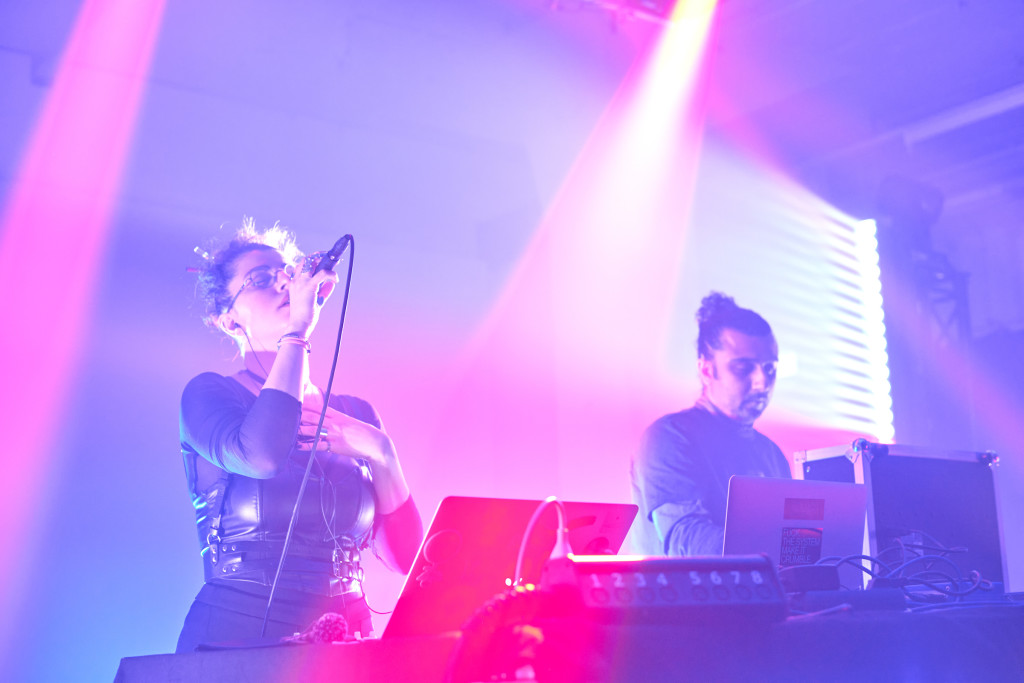
9T Antiope’s haunting songs I write about on a regular basis, but the duo of Nima Aghiani and Sara Bigdeli Shamloo is also just such a presence at these events even offstage. Their supportiveness and enthusiasm is infectious. And their sets are layered in meaning and texture as always. The songs can be downright chilling, arresting:
Night 2 – Concert
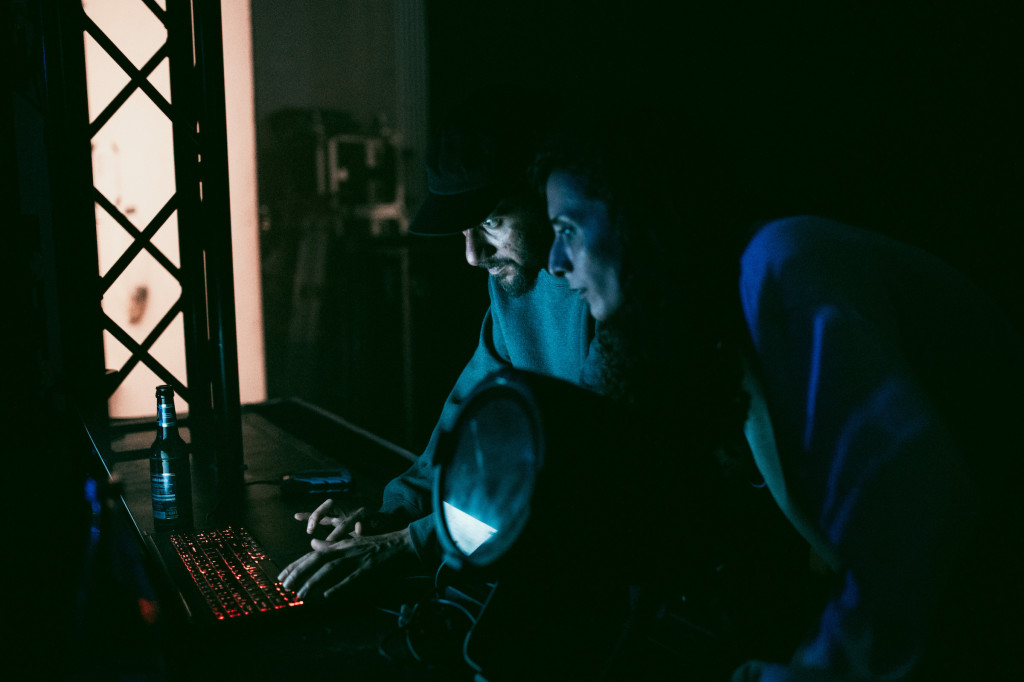
Night two took its own direction, led not only by Behrooz but also Köln’s own GRAY / Stefanie Grawe and her audiovisual and design and music sensibilities. That created a night that brought some of Köln to the experience and not only Tehran-Berlin.
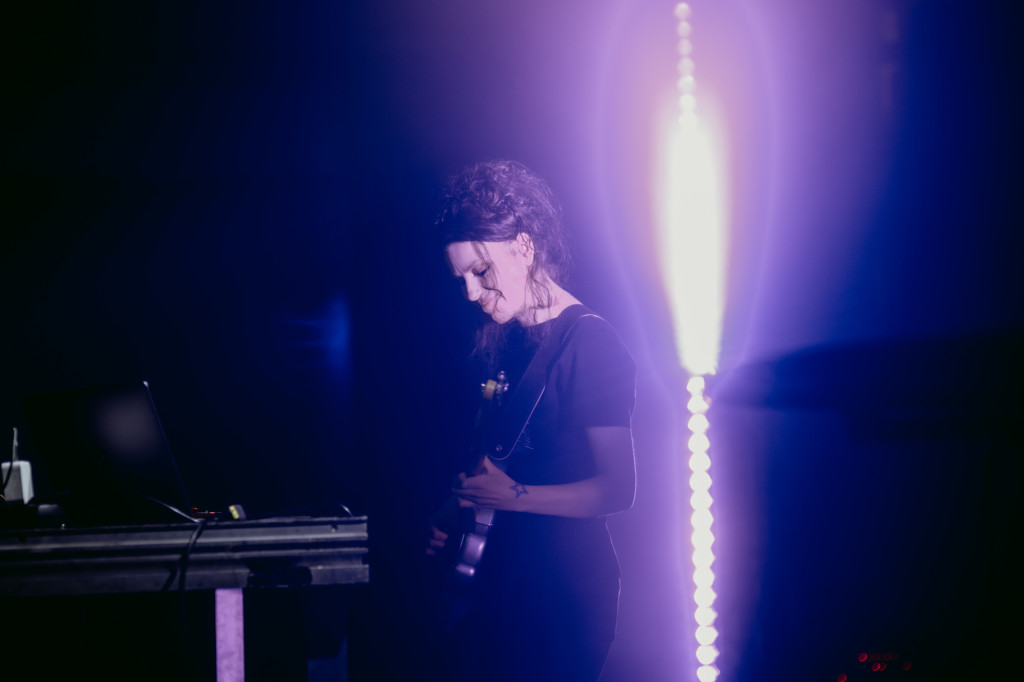
Let’s pause and talk GRAY straight away, as there is this wonderful, ethereal-yet-stuttering remix by none other than superstar innovator Jlin (who explains that she focused on the vocal stems in her take on this):
GRAY‘s audiovisual outing was equally dreamy, a chilled-out audiovisual trip, full of layered guitar reveries and coolly interwoven rhythm.
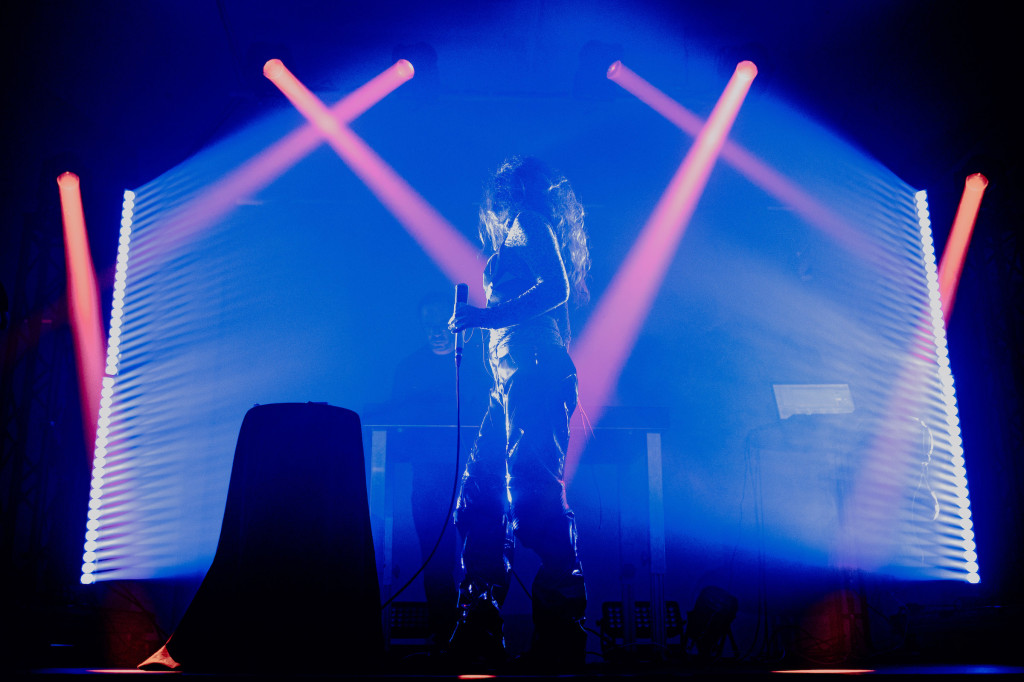
Iranian-German artist Pari San who I joined as keyboardist/producer has a long experience in pop across a wide gamut of styles, including work with Oval and the previous incarnation of this act with Paul Brenning. This work blurs together experimental pop and hip-hop infused electronica and deep beats.
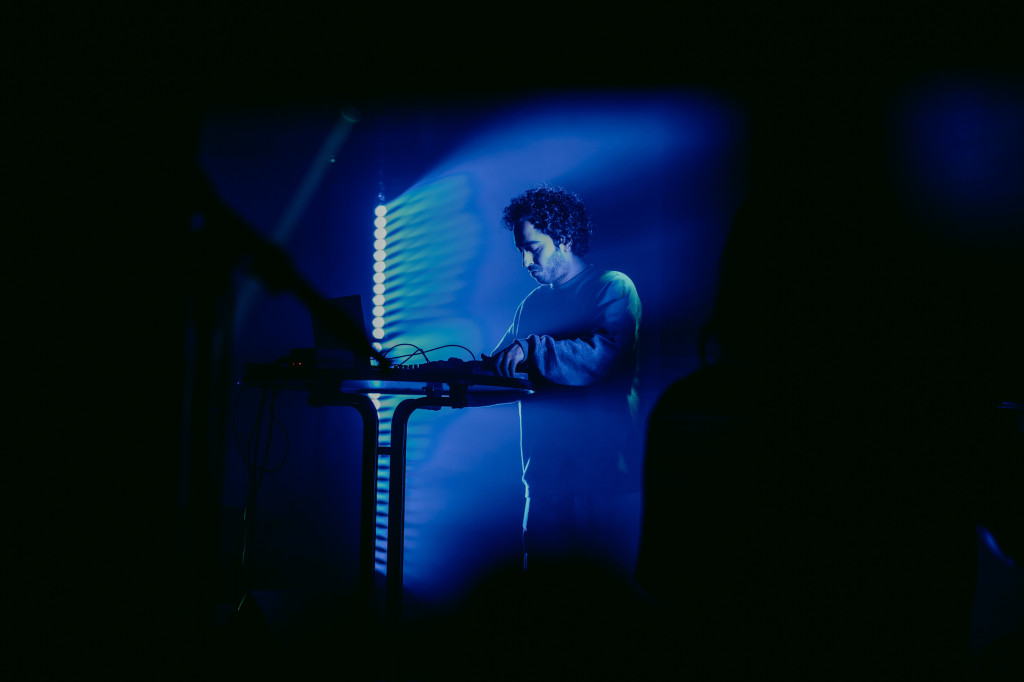
Iranian producer ArtSaves’ music is a profound, perfectly modulated sonic flood and one of my favorite sets of the nights, vibrating with intensity. Go check out all his stuff, really, as it’s seriously underrated:
Sonae is significant, too, as both an accomplished artist and driver in the scene, including essential work vitalizing the landscape for women/non-binary artists entering the field. She is a mentor, an organizer, and a powerful voice locally and abroad.
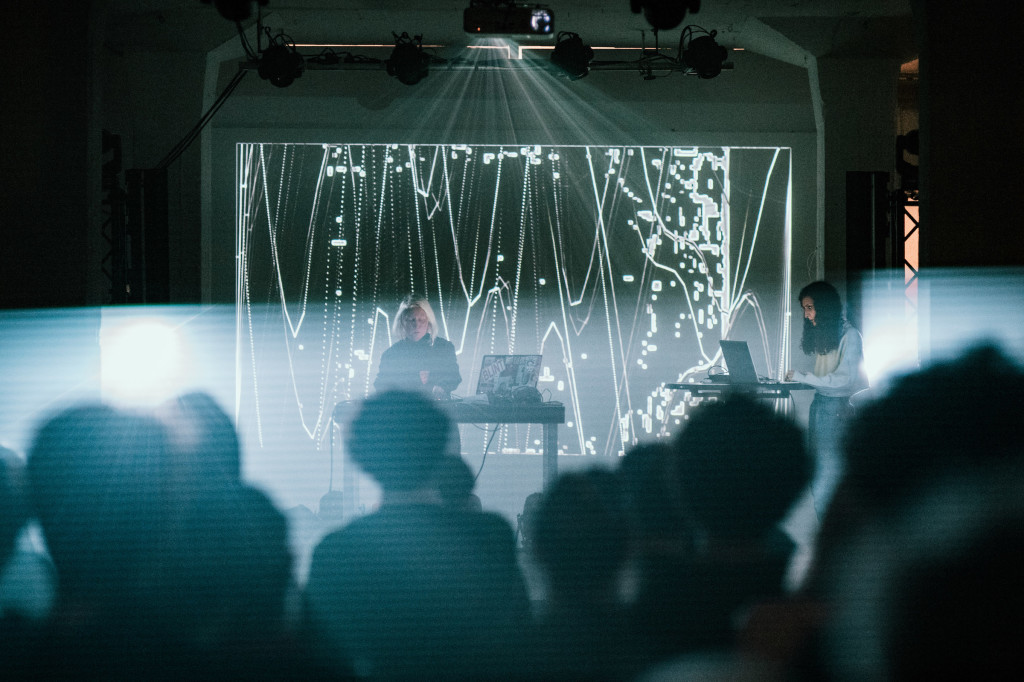
I really dig this installation with video artist Jennifer Trees, a warning for summer:
For Timcheh, we got dark, foreboding rhythms, erupting into crackling looped percussion, its own kind of sonic monition.
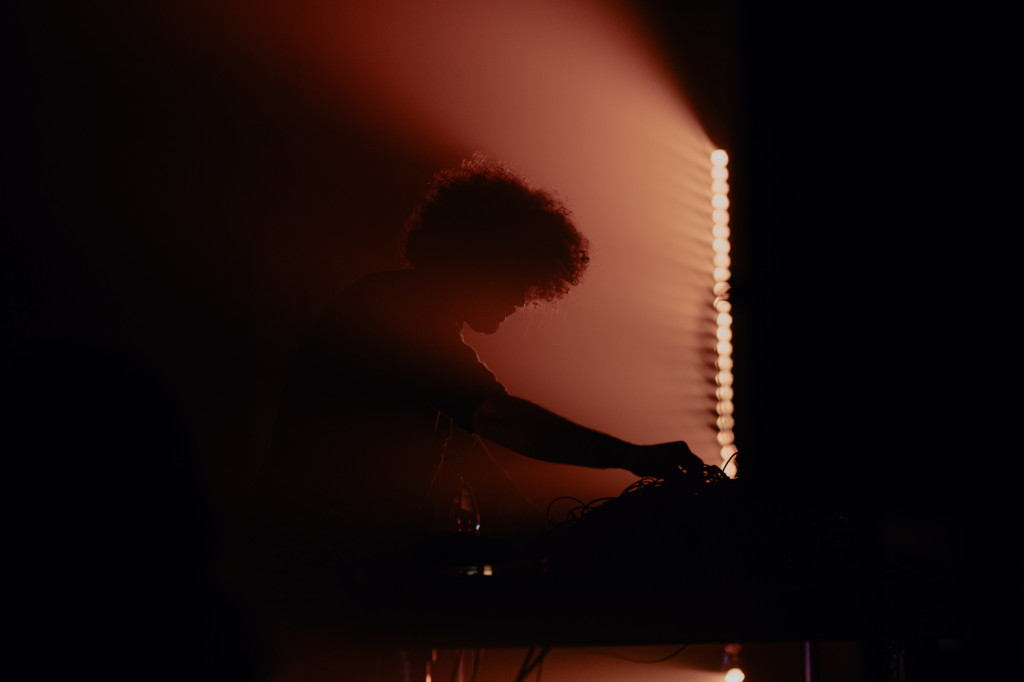
Lastly, Iranian-born, London-based Pouya Ehsaei has long been a favorite of mine so I was thrilled to get to see him live. His work on modulars can explode into fierce, polyrhythmic acid. Designer Tormoz joined on visuals in this pixel-infused night.
His release RocRast – another Zabte Sote Bandcamp gem – is a great way to experience those live sets, as a series of snapshots of live performances. I love this description:
RocRast seeks to strike an image behind the eyelids. A mass of sound floating in the air, getting in and out of focus. A grumbling tunnel with bursts of fractal shapes. A stranded village, sandstorm, creaking door, drops of water. Or perhaps it strikes an image of a figure flickering in red light, broken and deformed, strumming a broken instrument that never sounds right. RocRast is about nothing, nothing but that window of time when you’re listening to it. It is a malleable mass that can be heard and seen from multitudes of angels. How melancholic, brutal, calming and disturbing it sounds, depends on your experience in the moment, there and then.
But let me say personally all this oddness is eminently, brilliantly danceable.
Like a lot of the others here, Pouya is also an organizer and instigator, maker of platforms for more than just himself. That includes his project Parasang, “where he invites musicians from around the globe to join him and create spontaneous, dark, and hypnotic live shows that bring old traditions and new technologies together.”
Night 2 – Club
Tehran native Nesa Azadikhah helmed the dance-until-dawn portion of the event. She’s the founder of legendary magazine Deep House Tehran – which has long since evolved past the somewhat deceptive “deep house” moniker to mean, sort of, anything and everything good and interesting. (That happy disinterest in clear genres might even be said to be an important feature of the Iranian musical network.)
The club night was no afterthought, though, with just as strong a statement in curation. And in contrast to a lot of the commercially-motivated techno grayscale of the recent Berlin scene, the night was fiercely independent and diverse in sounds, gleefully mixing in rapid changes across genre and groove without ever losing the dance floor in the process.
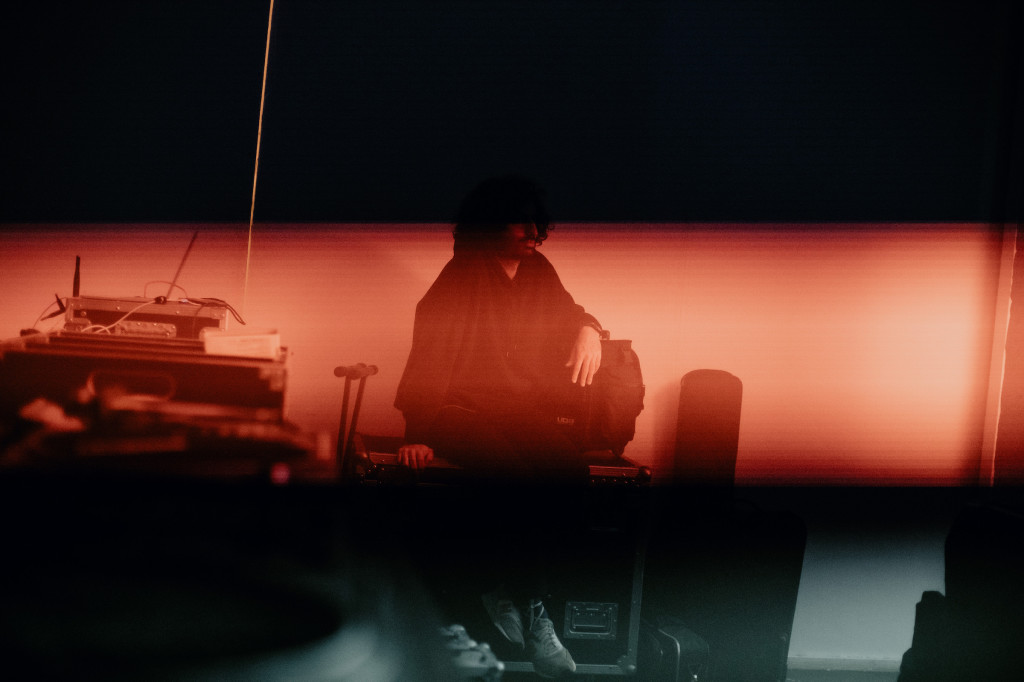
That included Kamyar Keramati, who has been a defining figure in Tehran and Europe and as half of Tonnovelle (with Arman Jalili), both as producer and DJ.
Monibi – French-born, Berlin-based – was a perfect next act, also thanks to her hyperactive involvement in Köln’s scene (including for Kompakt lineups and appearances at all its landmarks). She’s a prolific community organizer and regular radio show host, backing up her fearless mixing.
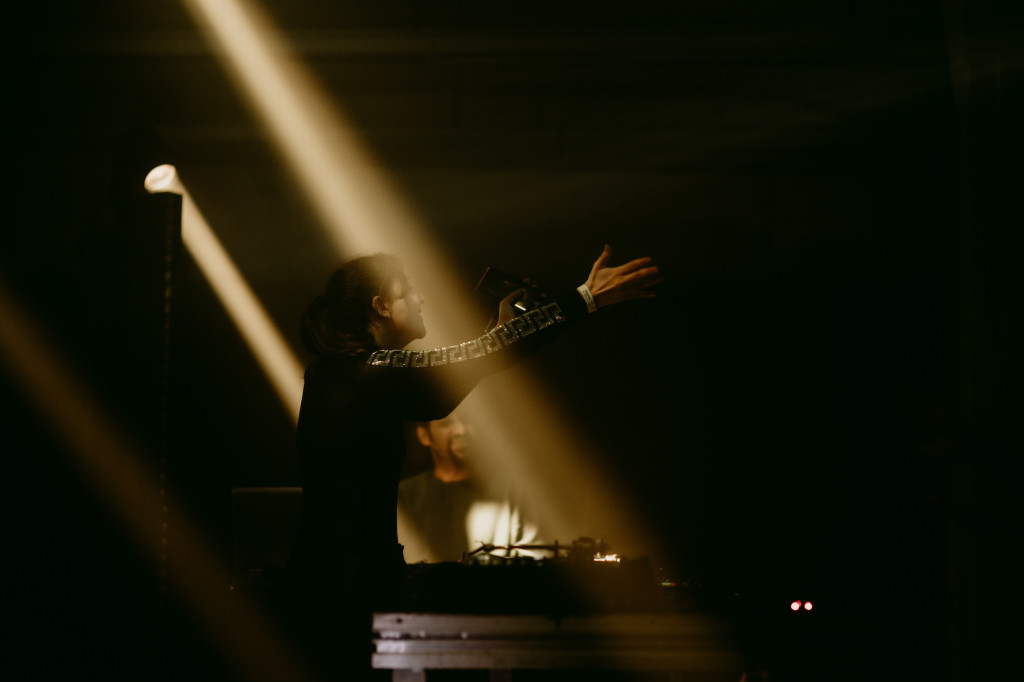
But don’t read about it; of course, she’s also done a new mix for aforementioned Deep House Tehran, with – really no deep house, like I told you.
Monibi’s set had that magical “each track makes you reconsider just saying you were about to head home” quality.
Sheffield-born, Tehran-raised, London-based Anahita Shamsaei closed out the enchanting morning with her warmth and energy. I actually would love to bring her on to talk about her academic pursuits, too, while we’re at it – she has a degree in Islamic history and Middle Eastern studies, along with clearly having some kind of higher degree from the University of Techno? (Berghain College?)
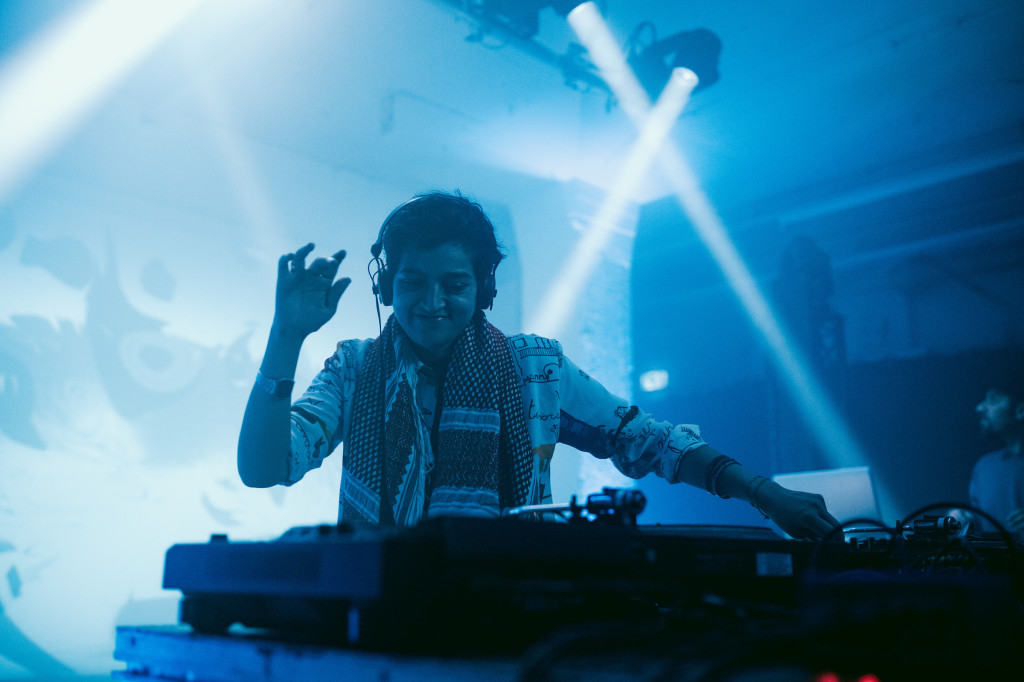
It’s apparently always a sun-up, energy-not-letting-up mood in her musical mind. You’ll have to take our word for it as far as Timcheh, but here’s a mix from her this month. (Plus it’s from my birthday, so I’ll take that as a sign.)
Maybe that’s what always bothered me about Rapp’s perspective on German cross-cultural exchange, among many like-minded takes. To me, these so often begin with the question of the city and place as an attractor, rather than the story of the people making the activity and where they had come from. Iran’s scene is obviously so powerful abroad out of necessity and experience. Tehran organizers have found ways of making events happen inside their own country under the toughest of circumstances. That persistence. And they give us at the same time a window of a Tehran in a parallel universe, where someone has authored Lost and Sound: Tehran and the (dunno, Sun Express?) Set. (Maybe in that alternate universe we all speak Farsi instead of English, so use your imagination.)
But in a time in which so much is frozen, the most important point – here was a moment that looked like a beginning, and a spark. It needs no city, no capital – only these human connections.
https://www.instagram.com/timcheh.de/
https://www.facebook.com/timcheh.de
Previously: